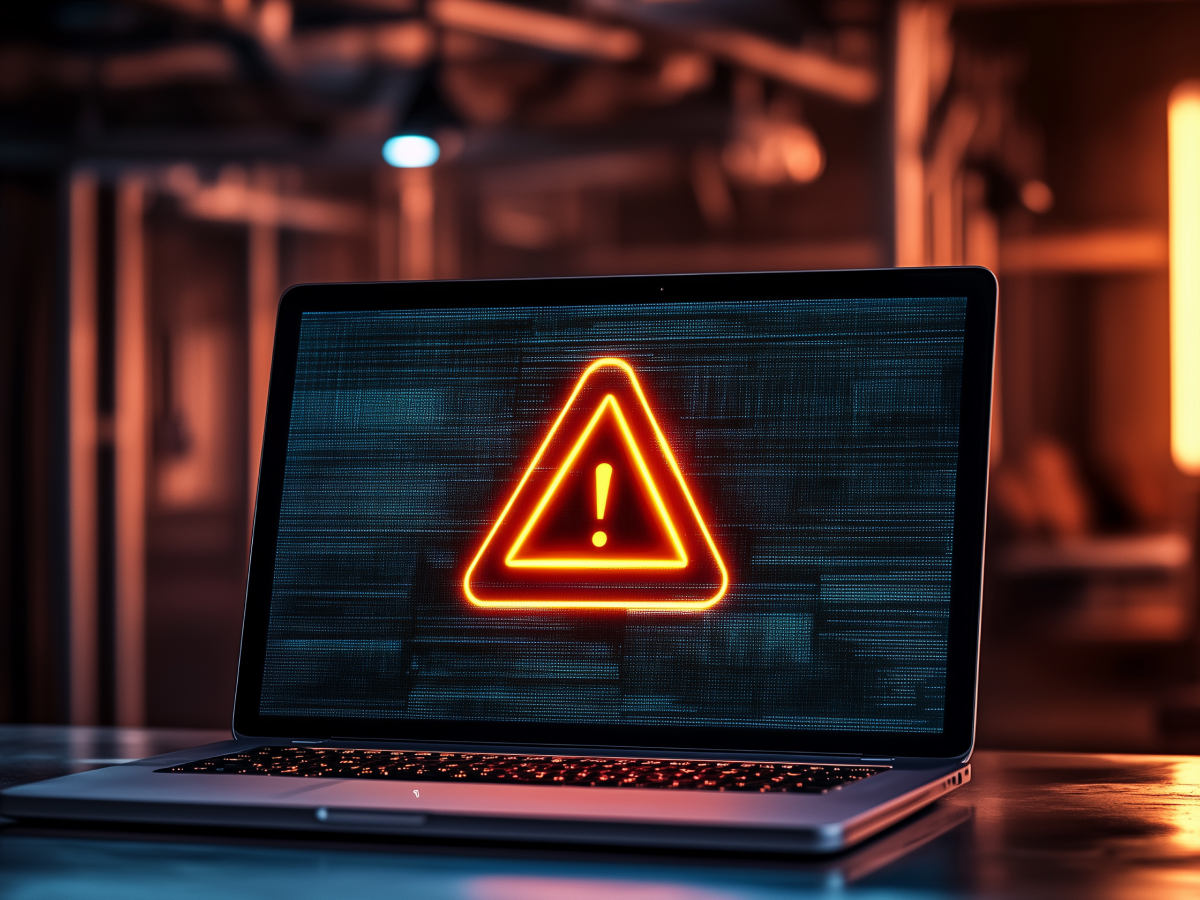All software developers should adopt a safety-critical mindset
Whether you’re building financial apps, eCommerce platforms, or internal tools, you can’t afford to overlook system failure. In reality, all software touches people, data, or operations. When it fails, people notice. They leave. Revenue drops. Trust takes a hit. The smallest oversight, an unhandled exception, a misconfigured API, a missing safeguard, can snowball quickly.
Developers must think like engineers working in high-risk domains because every feature they build has consequences. That mindset, safety-critical, leads to stronger systems. You catch problems earlier. You ask the uncomfortable questions before launching a feature. You design so things work when something breaks, not if something breaks.
This is really just being practical. Systems fail. Count on that. A safety-critical mindset helps your teams plan for failure thoroughly and build resilience in from the beginning. Systems built that way see less downtime, require less damage control, and scale under stress with fewer surprises.
Systems must be designed with failure in mind
Failure is going to happen. That’s just a fact of systems at scale. What matters is how it fails, and how quickly it recovers. Most systems encounter breakdowns because no mechanism was in place to respond intelligently to stress. If there’s no fallback, no buffer, you’re left exposed.
The smart move is to assume every part of your stack can fail, because it will, eventually. Build that into your architecture. Active-passive setups, redundant paths, automatic failovers, and distributed systems aren’t luxuries. They’re requirements. They make sure if one service goes down, another picks up the load. That doesn’t need to be extreme. Even basic resilience patterns, automatic retries, load balancing, independent microservices, go a long way.
Observability matters, too. You can’t fix what you can’t see. Integrated monitoring lets you detect abnormal behavior before the user ever notices. That saves your reputation, and in many cases, revenue. Set up systems that flag inconsistencies in real time. Response time should be minutes, not days. That’s what consumers expect, and what modern businesses need to protect uptime.
If you’re running a fast-scaling business, this isn’t an engineering concern, it’s operational survival. You don’t need perfection. You need systems that don’t spiral downward at the first missed heartbeat. Prioritize recovery paths. Build so you can isolate and restart broken components without disrupting everything else. Make sure the team sees failure as expected, not exceptional. When that shift happens, so does your performance under pressure.
Rigorous failure testing is essential
You can’t rely on assumptions in software. Standard unit testing is useful, but it’s not enough to prove that your systems can survive real problems. You need to simulate high-stress conditions, load spikes, crashed services, delayed responses, corrupted data, to see where things actually break. That’s how you find the vulnerabilities that don’t show up during normal operations.
Chaos engineering and fault injection are valuable tools here. They deliberately introduce real faults into your environment, things like network disruptions or service outages, to test how your system reacts under pressure. You’re not trying to break things for the sake of it. You’re identifying weak points before they become expensive failures in production. This approach creates real insight and confidence in your infrastructure.
Most important is what happens once you detect a failure. Can the system isolate the issue? Can it recover without human intervention? Can users continue with minimal disruption? These are the questions that matter in production. If your system can’t hold up when things go wrong, you’re not ready to scale it.
For executive teams, this form of stress testing is directly tied to service reliability, user retention, and brand protection. Resilience builds trust. If your software can take a hit without falling apart, your business becomes harder to disrupt.
Proactive coding practices improve software reliability
Building reliable software means doing more than just writing code that runs. It means anticipating what could go wrong before it does. Defensive programming, checking inputs, managing exceptions, preparing for edge cases, is not overkill. It’s discipline. In safety-critical environments, it’s standard. For all software, it should be, too.
Small flaws can trigger wide-reaching failures. A missing input validation, a silent error, or an unhandled case in your logic can push systems into unknown states quickly. That’s preventable. Avoiding it starts with writing code that resists abusive inputs and unpredictable scenarios. It’s about being deliberate in how failures are handled.
Graceful degradation is another core principle. When something breaks, functionality should reduce predictably, not collapse entirely. If one component stalls, others should still work. This helps ensure users keep access to key services, even when there’s a failure behind the scenes. That kind of continuity protects the user experience and limits the damage.
You also want recovery baked into design. Redundancy, clean separation of components, and modular design make it easier to isolate faults. Restarts happen faster. Errors stay local. And you don’t lose the whole system fighting a localized problem. These practices, define the difference between reactive firefighting and operational control.
For leadership, embedding these practices means fewer surprises. It reduces incident spikes, lowers downtime risk, and increases product stability. It creates systems that are predictable at scale. Over time, that saves money, protects your reputation, and allows your teams to ship better, faster, and more confidently.
Simplified safety-critical principles
You don’t need aerospace-level certification to build stronger, more reliable software. You just need discipline. Safety-critical systems operate at the highest stakes, but their practices can be scaled down without losing effectiveness. Adopting key parts of their mindset, preparing for failure, implementing redundancy, monitoring continuously, leads to software that’s more stable, easier to maintain, and trusted by users.
This is about taking the essential ideas and making them routine in any development environment. Use observability to spot issues early. Design systems to reduce the blast radius of failures. Archive and track anomalies. Even lightweight implementations of these tactics reduce performance risk and improve system confidence.
When teams build with reliability in mind from day one, they make better decisions. They spot dependencies, avoid fragile architecture, and handle stress more efficiently. It’s about being intentional. That shift upgrades software quality across the board, from user experience to operational readiness.
From a leadership perspective, this kind of shift supports scalability, cost control, and customer retention, all without slowing your product cycles. You gain agility without gambling on stability. Every product team benefits from reliability discipline, whether they’re building backend platforms or direct-to-consumer services. The cost of applying these principles is low. The cost of ignoring them is eventually catastrophic. So bake them in early, own the outcomes, and build systems designed to outperform when it matters.
Key highlights
- Adopt a safety-critical mindset company-wide: Every software system, whether mission-critical or not, can impact revenue, customer trust, and operations. Leaders should push teams to treat all software as high-stakes to reduce systemic risk and strengthen reliability.
- Design systems for expected failure: Failures are not rare, they’re inevitable. Executives should invest in architectures that include automatic failovers, load-balancing, and recoverable service components to avoid full-system outages.
- Test resilience through real failure scenarios: Traditional testing is no longer enough. Organizations should adopt chaos engineering and fault injection to surface stress points early and ensure critical systems degrade predictably under pressure.
- Prioritize proactive coding practices: Techniques like defensive programming, error handling, and graceful degradation should become standard. These reduce downstream failures and protect user experience during partial outages.
- Scale simplified safety-critical principles across teams: Even lightweight adoption of safety-focused design—such as observability, redundancy, and isolation, can drive meaningful improvements in scalability and uptime. Leaders should embed these values into team process and architecture from day one.





